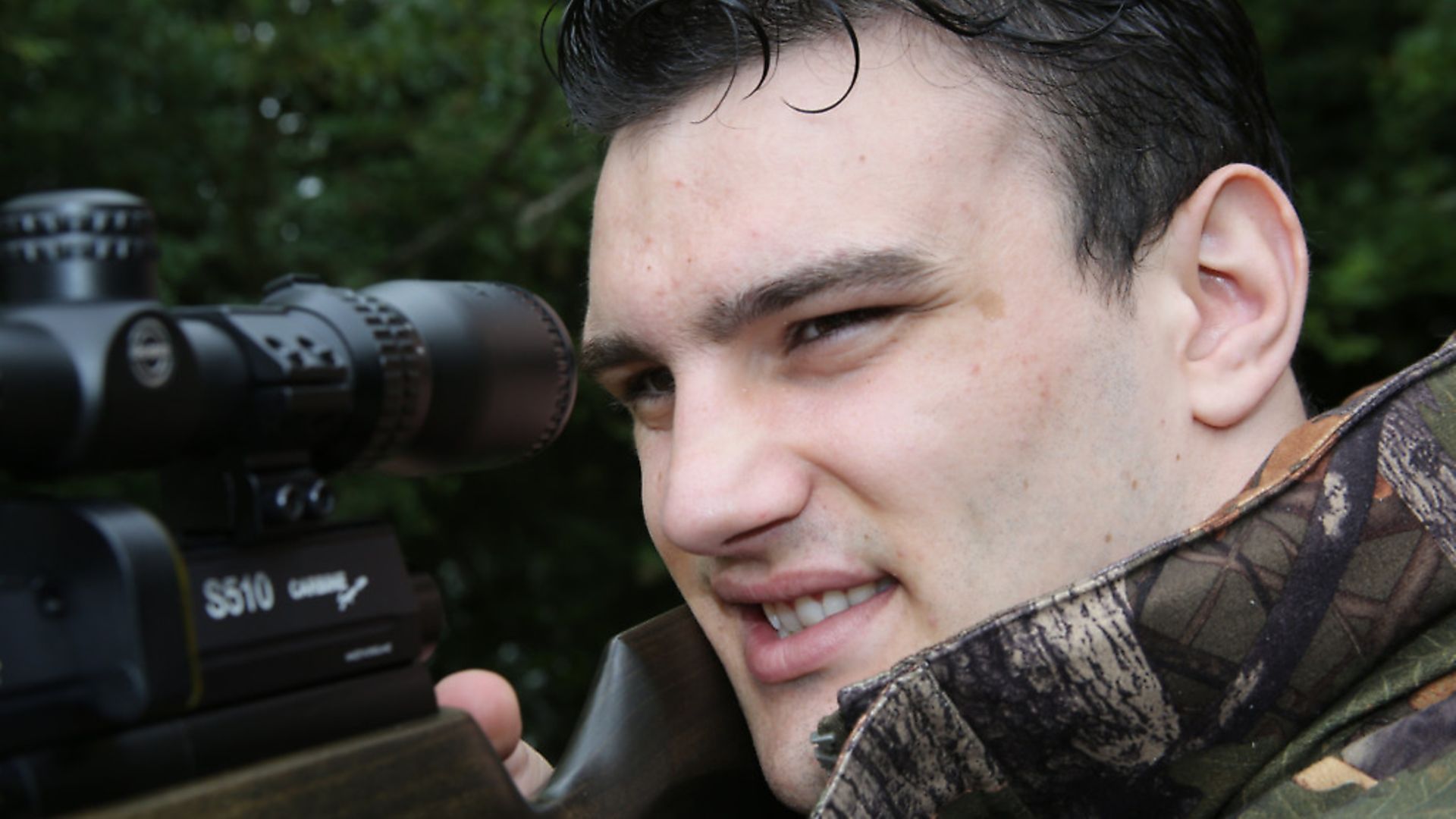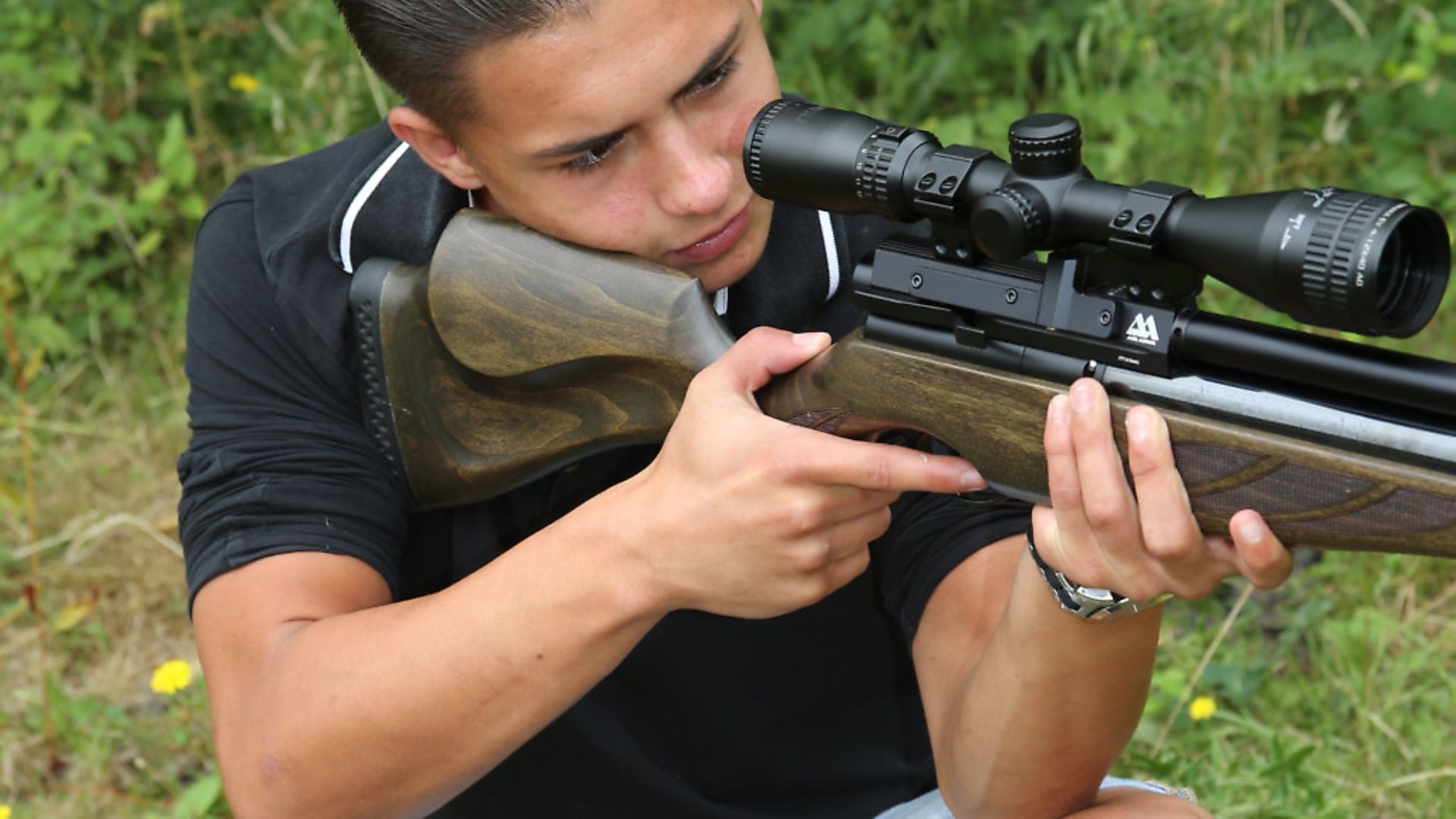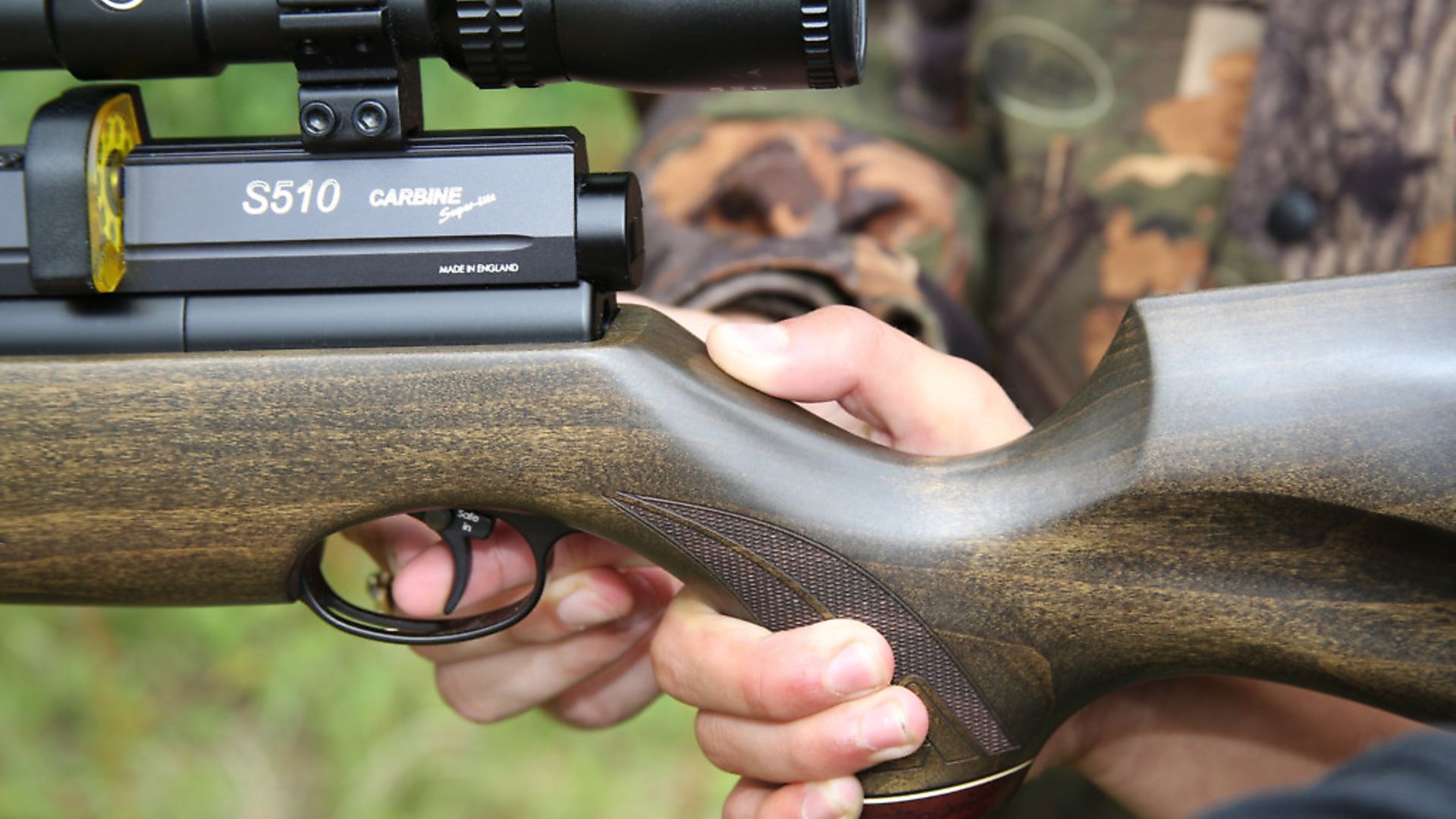Naylor Ball explores his own shortcomings through coaching his cousin
 credit: Archant
credit: Archant
If I’ve learned anything from my time as an airgun student, it’s that there are many ways to learn. It’s the same with my boxing career. Sometimes I’ll be learning from intensive sparring sessions, when my trainer will study what I’m doing and advise me on what I’m doing well, or badly. Sparring is a highly-focused method of learning, mainly because any lapses in technique can be instantly punished and I get a very sharp reminder to raise my game!
Other sessions will concentrate on bag or pads work, when a particular technique can be practised over and over, with my trainer right alongside me, watching my every move and making adjustments as I train. Then there’s the observation method, when I get to watch highly-skilled professionals doing what has brought them to the top of their game, as my trainer points out why it works so well for them.
Finally, there’s a method of training that really lends itself to my airgun shooting, and that’s learning about myself whilst teaching others. It really does work for me, and I know it can do the same for you.
Learning through teaching
 credit: Archant
credit: Archant
Recently, I was giving my cousin, Sonny, some shooting coaching and I was concentrating on his trigger technique. In truth, Sonny didn’t really have a trigger technique as such, he just gave the trigger a rip when he thought he was on target, so I had my work cut out for me. We spent almost two hours on developing Sonny’s ability to take up the first stage of the trigger blade’s travel, before pausing, then squeezing off the shot, but of course there’s so much more to it than that.
Spotting my flaws
Once I had the basics of Sonny’s trigger technique instilled in him, I explained the need to combine it with his breathing and to end it with a perfect follow-through. I was actually regurgitating what I’d been taught, mainly by the editor of this magazine, but as I demonstrated it, something felt wrong. I realised I was showing Sonny a technique I don’t actually use myself, at least not in the proper way I was demonstrating. My trigger technique was fine, but I’d let that absolutely essential follow-through slip away from me, completely unnoticed.
More to work on
 credit: Archant
credit: Archant
The same thing happened when I was teaching Sonny the timing aspect of taking a controlled shot. I thought I’d trained myself to take my shots within the five-second ‘corridor of control’ that most of us can maintain. Actually, from spotting my target to watching the pellet strike, my own routine definitely used to take around four seconds. I know this because I developed that technique by counting out loud as I shot target after target, until the timing became automatic. Part of the technique is the self-control to call off the shot if things aren’t going to plan, and to start it again from the beginning, rather than grit my teeth and try to hang on until the cross-hair somehow finds the target. I saw Sonny doing just this a couple of times, but when I corrected him, I recalled doing it myself during my last shooting session.
Problems identified
By the time I’d finished coaching Sonny he had made huge improvements to his overall range of skills and he had a far better idea about why things need to be done, rather than just how to do them, which is always better. I took some valuable lessons from that session, too, and I’ve been working on them ever since. More importantly, in terms of my overall development, I’ve discovered an easy way to check if I’m allowing my technique to break down. You see, as I’ve now discovered, it’s all too easy to allow very gradual decline to take place, especially when it’s so gradual that it’s impossible to notice – until you look at your shooting from a different viewpoint.
We can all do this
The more I think about this new discovery of mine, the more I’m convinced it could become a really useful way to promote and maintain efficiency for airgun shooters of all kinds. Here’s how I think it could work for you:
1. Teach someone
Just do what I did and coach a novice shooter through those essential core skills. If you need to brush up on these, there’s a ton of information in back issues of Airgun World, or you could consult the expert shooters at your club. There’s also the Internet, of course, but make sure the source of the instruction is credible; there’s an awful lot of nonsense out there.
As you teach your student the right way to do things, be absolutely honest and ask yourself if that’s how you really shoot. This applies to all techniques, not just the actual shooting. Safety, maintenance, pellet selection, and all of the hunting skills, too. The method is simplicity itself; demonstrate proper technique and make sure that you are taking your own advice!
2. Judge and be judged
The second method of maintaining improvement requires the help of an experienced shooting buddy, but it has the advantage of benefitting both of you. Quite simply, train together and take turns observing each other going through the various shooting techniques. Also, when you’re not ‘formally’ studying each other, keep an eye on those same techniques as you train together, because most mistakes will show up when someone isn’t aware they’re being watched.
Final thoughts
I believe this ‘training buddy’ system is an absolute gem. First, you’ll be helping someone to improve, and that’s always a great thing to do. Then, by helping another airgunner, you’ll also help yourself. Now that’s what I call a win-win situation!